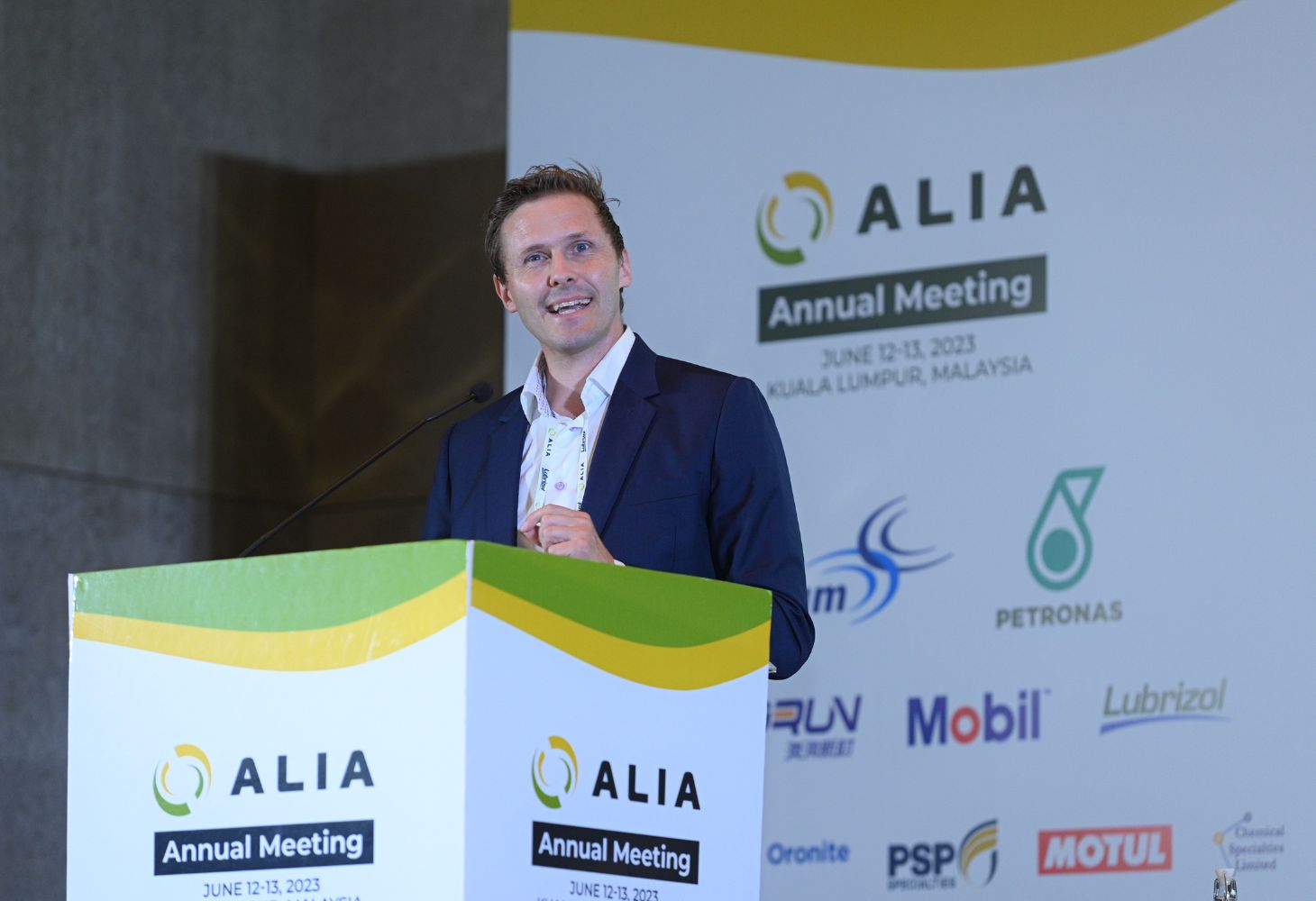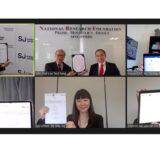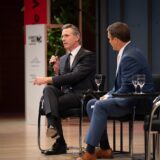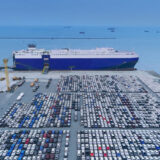
Bain: 68% of emissions have a clear or evolving way to decarbonise
No country is currently on track to achieve the goal of limiting global warming to 1.5 degrees Celsius (°C), says Are Kasperson, associate partner at management consulting firm, Bain & Company, based in Singapore. Most are inconsistent with meeting their commitments to 1.5°C and net zero, and are tracking at 3°C or higher, he says.
Speaking at the ALIA Annual Meeting at the Four Seasons Hotel in Kuala Lumpur, Malaysia, on June 12, 2023, Kasperson emphasised the fragmented nature of the energy transition and highlighted significant uncertainty surrounding the path forward. Kasperson outlined an urgent need for unprecedented levels of alignment among governments, businesses and consumers. Developing countries, in particular, face significant obstacles as they often lack the necessary financial resources to finance the energy transition themselves.
Kasperson summarised considerable tension in the energy ecosystem, with examples including an increase in global coal consumption in response to energy security challenges and the need for energy to support quality of life and economic growth. There is also resistance to paying more. 77% of U.S. consumers oppose a 10% increase in monthly residential electric bills, says Kasperson. The Bain & Company representative stressed the need to decouple the energy transition to ensure that all countries can continue to develop economically through secure access to clean, affordable sources of energy.
Despite inherent challenges, Kasperson noted that the long-term direction to reduce emissions is clear for most sectors—covering more than two-thirds of emissions (68%). However, the path forward requires a major global scaling effort.
Kasperson outlined some of the proven pathways. A clear pathway exists for passenger road transport with battery electric vehicles (BEVs); heating residential and commercial buildings will employ heat pumps/electric air conditioning; and the use of renewable power supply and electrical equipment is evident in some industrial settings.
An evolving pathway is evident for iron and steel using hydrogen (H2) DRI from iron-ore, although challenges remain on blast furnace transition. Mining and quarrying are progressing electric or H2 fuel cell equipment; whereas road freight has opportunities in H2 fuel cell electric vehicles, biofuels and high-density battery electric vehicles. Shipping has a potential pathway using ammonia from green H2; and chemicals and petrochemicals have multiple options that include ethylene/ammonia/methanol, electrification, carbon capture utilisation and storage (CCUS) and biomass gasification. Although, there are cost concerns relating to these options.
Kasperson also charted several pathways that were unproven for both technical and/or economic reasons. Very high pricing impacts the pathway for bio/synfuels in aviation and methane capture from capping in waste. Technical constraints existing in certain sectors such as the cessation of enteric methane from livestock, CO2 capture in cement manufacturing, and the management of uncapped wells, pipelines, and coal mines—due to hard-to-seal leaks and difficulty capturing gasses from remaining/legacy assets.














